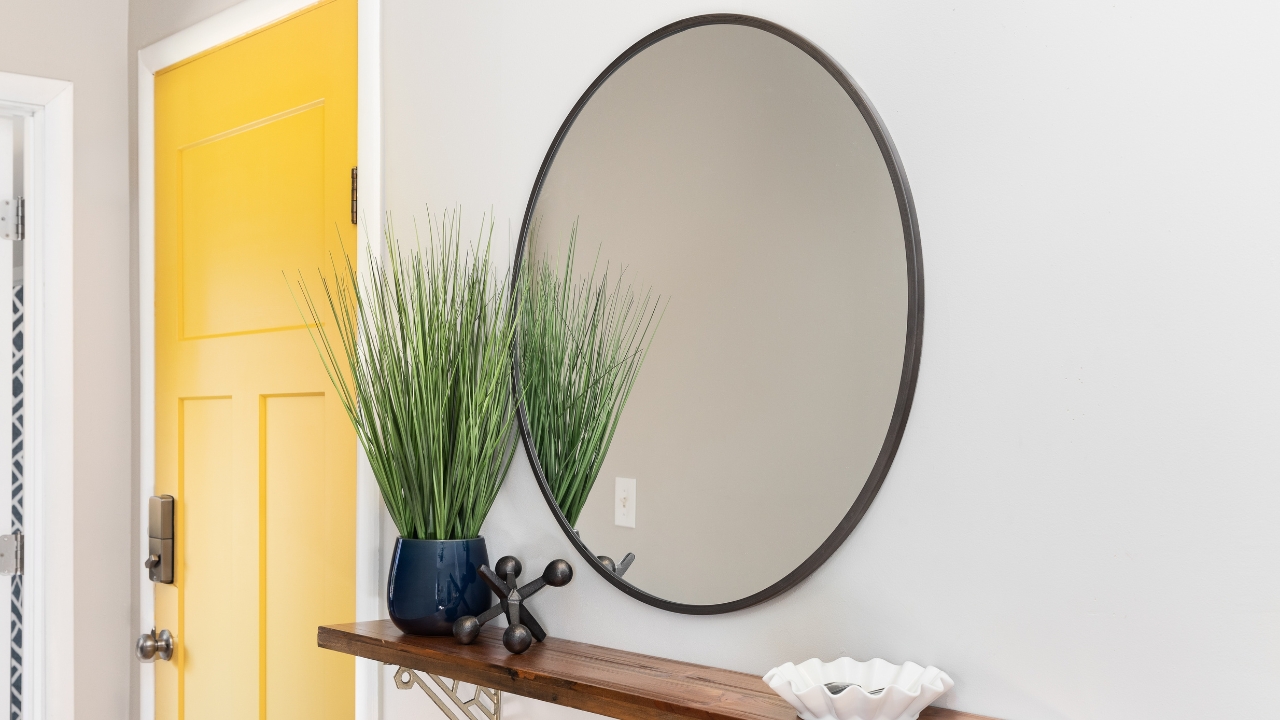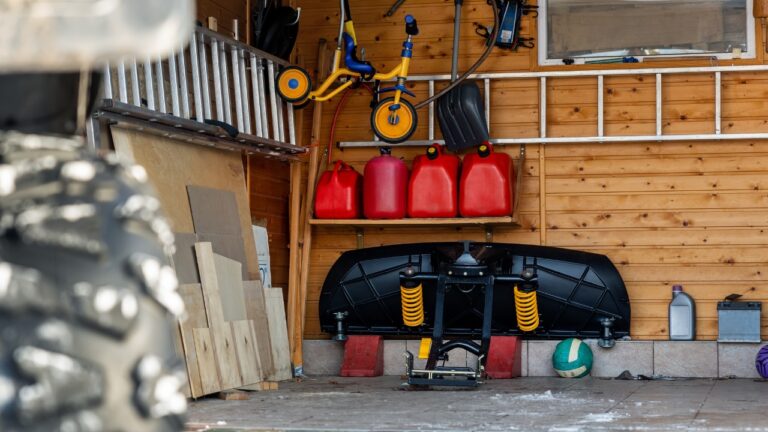Hallway ideas that turn a pass through into a feature
Hallways can feel like wasted space, but they’re actually the best place to add character without crowding rooms. Think of them as gallery walls with better lighting and a job to do—guide you from A to B while making the house feel connected.
Lead with light that flatters
Most halls get one lonely ceiling dome. Swap it for a row of small flush mounts or two to three sconces to create rhythm. Warm bulbs (2700–3000K) make paint read richer and family photos glow.
If wiring for sconces isn’t in the cards, try plug-in styles with cord covers. Even a single stylish fixture repeated can make a narrow corridor feel designed, not leftover.
Build a slim gallery with rules

Choose one frame color and two sizes max, then run pieces in a clean line at eye level. Consistency calms the shuffle of doors and trim.
Mix family photos with sketches or botanicals to keep it from feeling like a yearbook. Swap a few prints seasonally to keep the walk interesting without starting over.
Add a runner that actually fits
A too-short rug makes a hall feel choppy. Measure the floor and leave 3–6 inches of bare space on each side so the runner breathes.
Look for a low pile that vacuums easily and a pattern that hides traffic. A runner visually stretches the space and quiets footsteps in the best way.
Use paint to create architecture
If your hallway lacks trim, fake it with paint. A contrasting color on the lower third with a crisp line can mimic wainscoting without lumber.
Carry the wall color from adjoining rooms into the hall for a seamless transition. When colors relate, the whole house feels more thoughtful.
Add a ledge for function without bulk
A narrow picture ledge or shaker peg rail turns a blank wall into a flexible zone. It holds outgoing library books, a tiny vase, or a hat without forcing you to stop and stage a table.
Keep depth to 3–4 inches so you don’t clip shoulders as you pass. In a child’s wing, pegs at kid height make backpacks disappear from the floor.
Mirror the turn to bounce light

If your hall bends or dead-ends, a mirror at the turn multiplies light and makes the path feel less tight. Go tall and slim to stretch the wall visually.
Angle it slightly to catch a window or a lamp from the adjacent room. A good reflection is free light—and that’s the real luxury in a corridor.
Tuck storage where it won’t snag
Shallow cabinets or recessed niches between studs can store linens, flashlights, or board games without narrowing the passage. Doors with magnetic catches stay flush and clean.
If cutting into walls isn’t possible, a 10–12″ deep console with closed storage can live on the widest section. Center it under art so it feels intentional.
Create a “destination” at the end
Give the eye a reason to walk: a piece of art, a plant on a stand, or a small bench under a window. That single moment turns a pass-through into a pause.
Echo a color from nearby rooms so the house reads as one story. When the end point feels welcoming, the hallway stops being dead space and starts doing its job.
Like Fix It Homestead’s content? Be sure to follow us.
Here’s more from us:
10 things that make your house feel less welcoming without saying a word
10 Upgrades That Make Your House Look Fancier Than Your Neighbor’s
*This article was developed with AI-powered tools and has been carefully reviewed by our editors.







